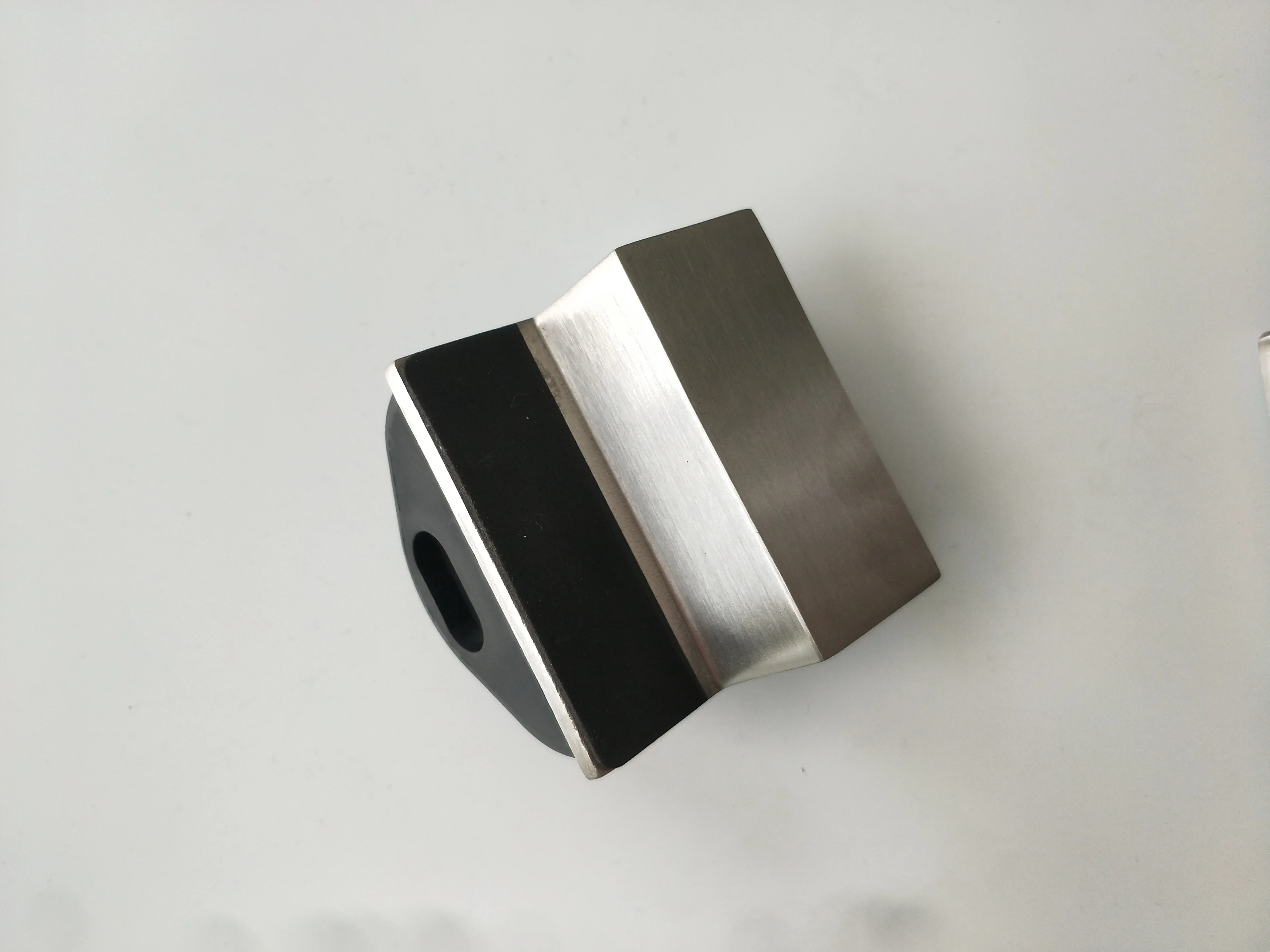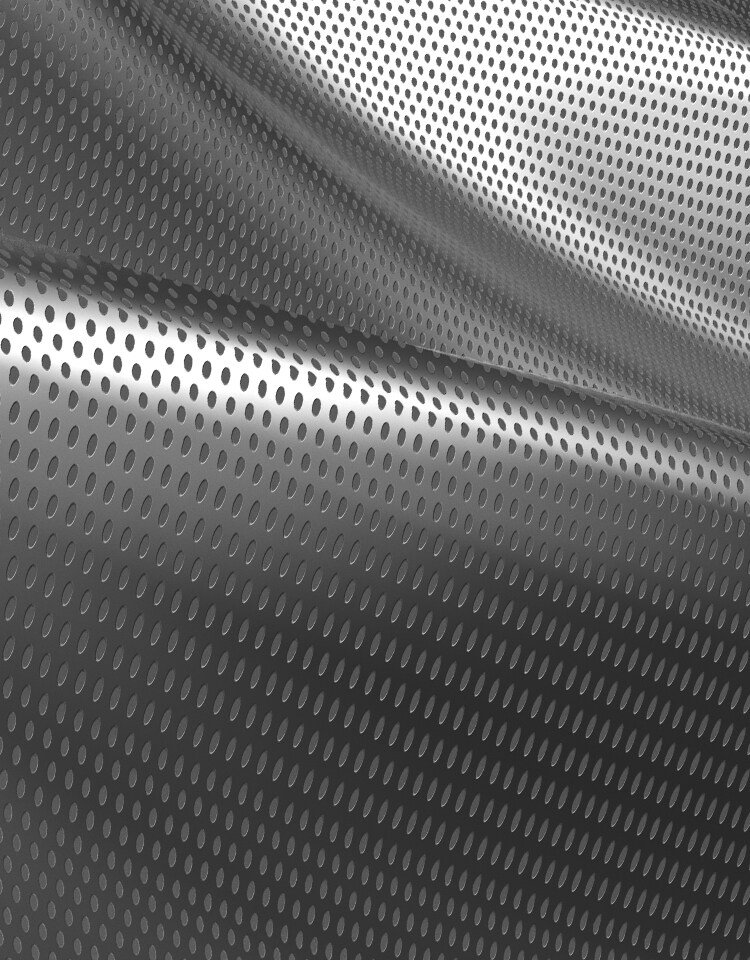Email format error
Email cannot be empty
Email already exists
6-20 characters(letters plus numbers only)
The password is inconsistent
Email format error
Email cannot be empty
Email does not exist
6-20 characters(letters plus numbers only)
The password is inconsistent

News

The Future of OEM Sheet Metal Stamping Parts: Trends and Innovations
In the world of manufacturing, OEM sheet metal stamping parts play a crucial role in various industries. From automotive to aerospace, these parts are essential for creating durable and reliable products. As technology continues to advance, the future of OEM sheet metal stamping parts is poised for exciting trends and innovations. In this blog post, we will explore some of these trends and how they will shape the industry.
Automation and Robotics:
One of the most significant trends in the future of OEM sheet metal stamping parts is the increasing use of automation and robotics. With advancements in technology, manufacturers are now able to automate the stamping process, resulting in higher efficiency and accuracy. Robots can perform repetitive tasks with precision, reducing the risk of human error and increasing productivity. This trend will not only improve the quality of the parts but also reduce production costs.
Lightweight Materials:
Another trend that will shape the future of OEM sheet metal stamping parts is the use of lightweight materials. As industries strive to create more fuel-efficient vehicles and reduce carbon emissions, the demand for lightweight parts is increasing. Aluminum and advanced high-strength steel are becoming popular choices due to their strength-to-weight ratio. OEMs are investing in research and development to find innovative ways to stamp these materials, ensuring the production of lightweight yet durable parts.
Advanced Simulation and Modeling:
Simulation and modeling technologies are revolutionizing the manufacturing industry, and OEM metal stamping parts are no exception. With advanced software, manufacturers can simulate the stamping process, predicting potential issues and optimizing the design before production. This trend allows for faster prototyping, reduced lead times, and improved overall product quality. By leveraging simulation and modeling, OEMs can minimize material waste and maximize efficiency.
Integration of IoT and Data Analytics:
The Internet of Things (IoT) and data analytics are transforming various industries, and OEM metal stamping parts are no different. By integrating sensors and data analytics, manufacturers can monitor the stamping process in real-time, identifying potential issues and optimizing production. This trend enables predictive maintenance, reducing downtime and improving overall equipment effectiveness. Additionally, data analytics can provide valuable insights into production trends, allowing OEMs to make data-driven decisions for process optimization.
Additive Manufacturing:
Additive manufacturing, also known as 3D printing, is a disruptive technology that is gaining traction in the manufacturing industry. While it may not replace traditional stamping methods entirely, additive manufacturing can complement the production of OEM sheet metal stamping parts. This trend allows for the creation of complex geometries and customization, reducing the need for expensive tooling. OEMs can leverage additive manufacturing to produce prototypes, low-volume parts, and unique designs, enhancing their competitiveness in the market.
Conclusion:
The future of OEM sheet metal stamping parts is filled with exciting trends and innovations. Automation and robotics, lightweight materials, advanced simulation and modeling, integration of IoT and data analytics, and additive manufacturing are just a few examples of how the industry is evolving. As technology continues to advance, OEMs must embrace these trends to stay competitive and meet the ever-changing demands of their customers. By doing so, they can ensure the production of high-quality, cost-effective, and sustainable sheet metal stamping parts.

